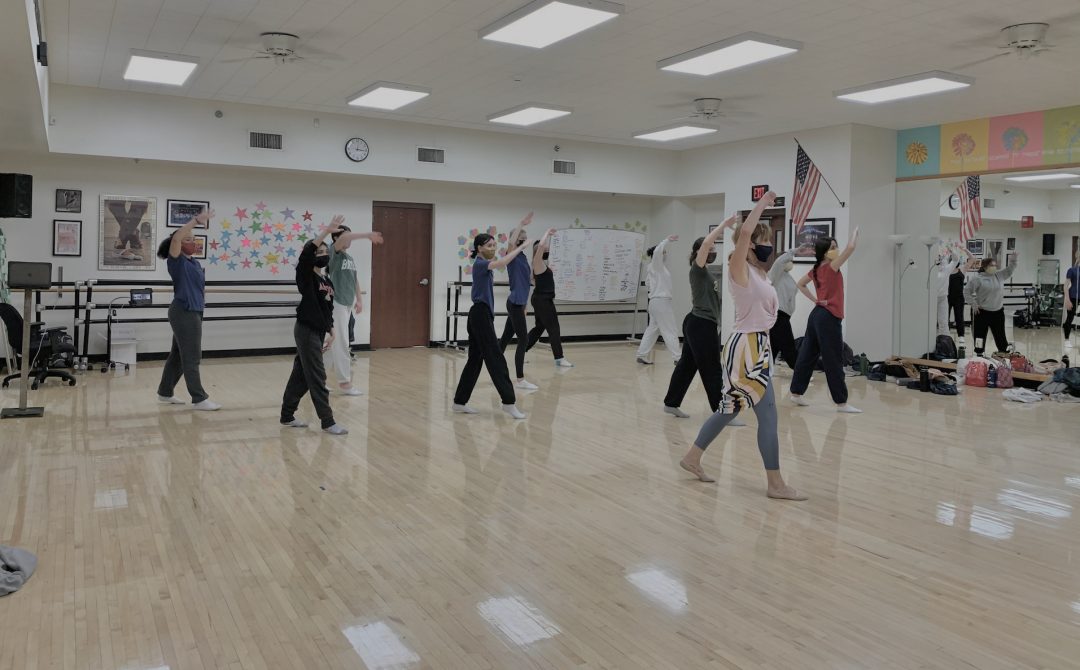Hey, new K-12 teacher!
When you teach dance, there is a good chance that your administrators and even your instructional coaches will not understand your specialized language. They are likely to recognize markers of high-quality instruction, so keep this in mind when you’re trying to impress them. It’s likely these folks will be evaluating your instruction during surprised and planned visits to your classroom.
Because the emphasis on certain trends in education will change throughout your teaching career, there are a number of ways that you may be told to write your lessons and submit them for review. Educational research, legislative policy, and district or administration preferences will all enter into the picture.
In most types of lesson design I have encountered, aligning standards with the goals that you expect students to achieve is paramount to its success. To begin with, list your lesson objectives as specifically as possible. Even if you could address 10 different performance objectives, it’s better to choose the top two or three goals and drive them home. Take the time and effort to clearly align them to your assessments, so that what you’re instructing will lead to students actually learning what you intend for them to learn.
A single-page lesson plan should suffice. Consider that many educators teach multiple subjects and teach multiple lessons each day. Curriculum maps can help establish an overview of your operations over a month, term, or year. If you want to balance technique and composition as two major buckets of content in your curriculum, select standards in those areas that account for the pace of the learners involved and make sure you address both across the term. Just remember, coverage of content cannot substitute for the discovery of content. Sometimes, it’s more important that you take time to develop students’ understanding in a few areas rather than offering a broad survey across several areas.
Lesson plans have a way of changing mid-stream. Considering the numerous factors that affect the classroom, including the concentration level of students on any particular day, I have developed a practice of recording what actually happens during lessons within my curriculum organizer. I like to review how far have students progressed in the lesson procedures and what opportunities they still need for repetition and reflection.
One popular lesson design model is EEI, Essential Elements of Instruction, also called direct teaching. Coincidentally, dancers, this model was created by a dancer and scholar named Madeline Hunter. When Hunter was a student at UCLA, she gave up a tour with the famous Ballet Russes in favor of continuing her studies in psychology and pre-medicine. Eventually, she landed in the field of educational psychology.
Hunter’s EEI model has been utilized by school districts nationwide as a system for teachers to design effective lessons. In practice, these elements were compiled by others as the “Seven Step Lesson Plan,” taught through teacher in-services, and used as a checklist of items that must be contained in each lesson. This was not Dr. Hunter’s intention. Rather, she suggested the following elements that might be considered in planning for effective instruction.
- objectives
- standards
- anticipatory set
- teaching (input, modeling, check for understanding)
- guided practice/monitoring
- closure
- independent practice
Not all of the elements belong in every lesson, but they will occur in a typical unit plan composed of several lessons. Used as Dr. Hunter intended, the steps can provide a useful structure for the development of many new lessons. You may find it helpful that most veterans in the field of education have a good working knowledge of the EEI components, so there is common ground.
When conducting lessons, we have a responsibility to communicate how a learner is progressing along the way, at meaningful intervals. You can accomplish this with checks for understanding and monitoring students during guided practice. It is important to design those assessable moments into the lesson plan instead of just assuming they will happen. Practice does not make perfect unless there is practice resulting in feedback from the teacher (and/or peers).
Finally, write into your lesson what you intend to do when remediation is required. Let’s say students are doing a Works-In-Progress Showing (a “WIPS”) on a Wednesday during a week-long composition unit. Even when your modeling of the task is happening in an interactive, kinetic, and visual modality, students are struggling with the next learning leap, practicing the skill themselves. Guided practice, where students get their feet wet as they plug in what they’ve just learned with what they already know, will require your dedicated attention. When you’re observing a number of small groups at the same time, it can be a real instructional challenge to give enough time to each one. For this reason, you need lesson plans that will accommodate such moments. Ask yourself, where might students have misunderstandings or creative blocks along the way. Are they beginners? What reminders will they need? Which questions should you pose and repeat intermittently to support their learning process? Always end your lessons with opportunities to review and reflect upon what you have learned together.

